Sheer number of COVID-19 cases has health care system struggling
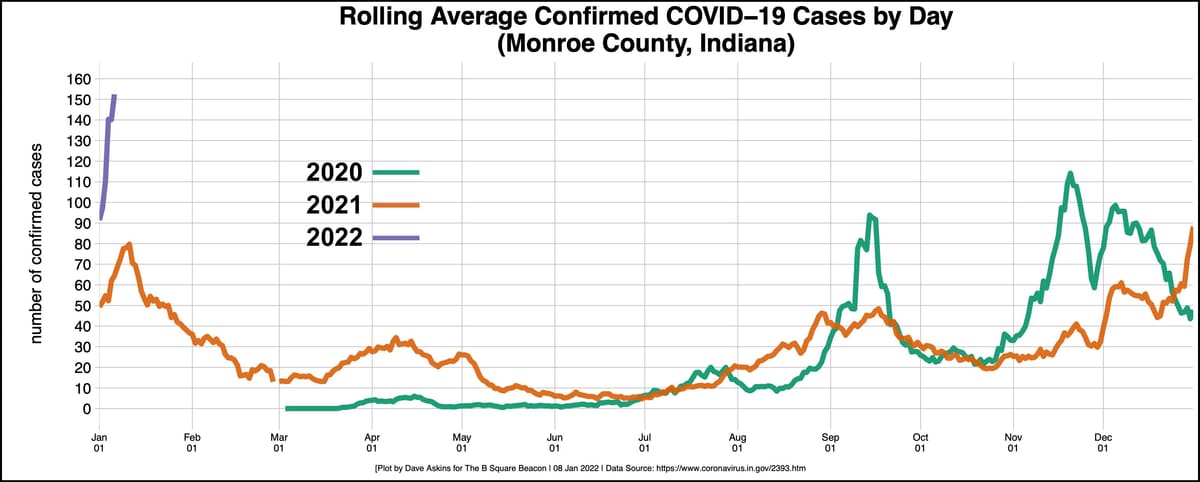
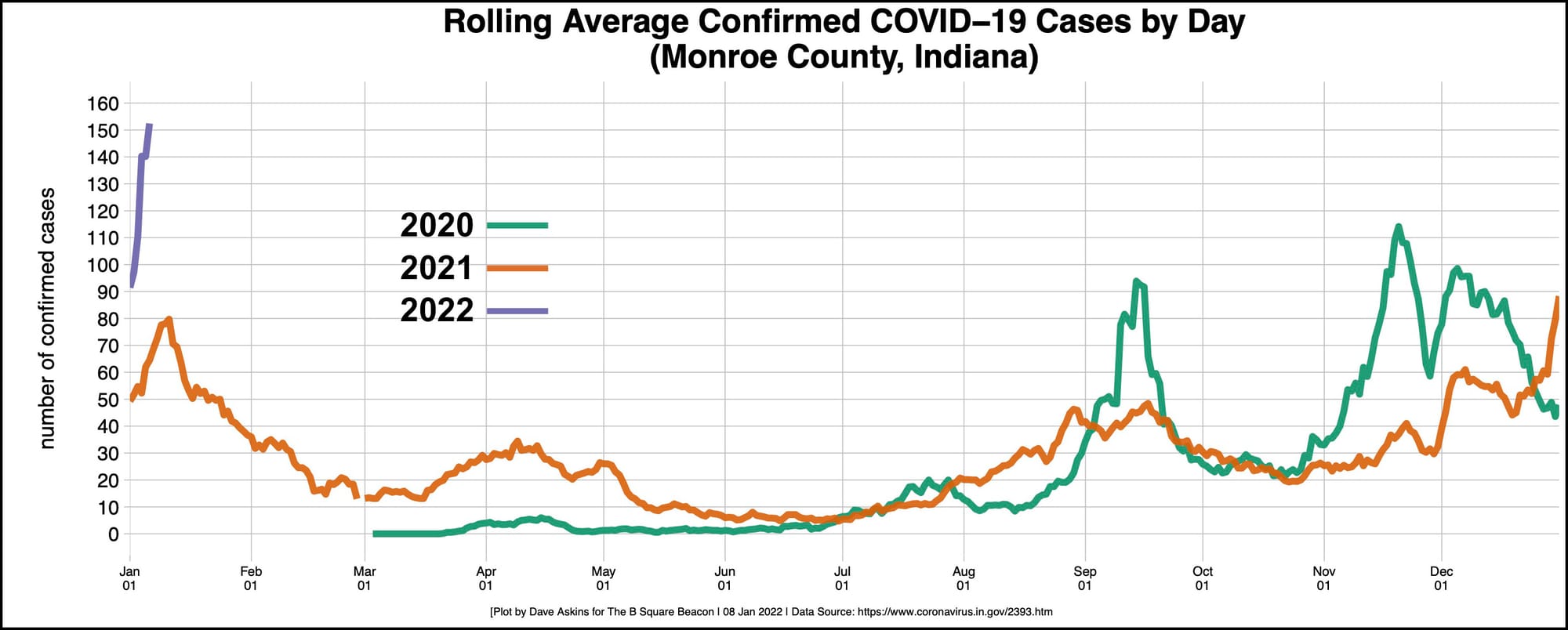
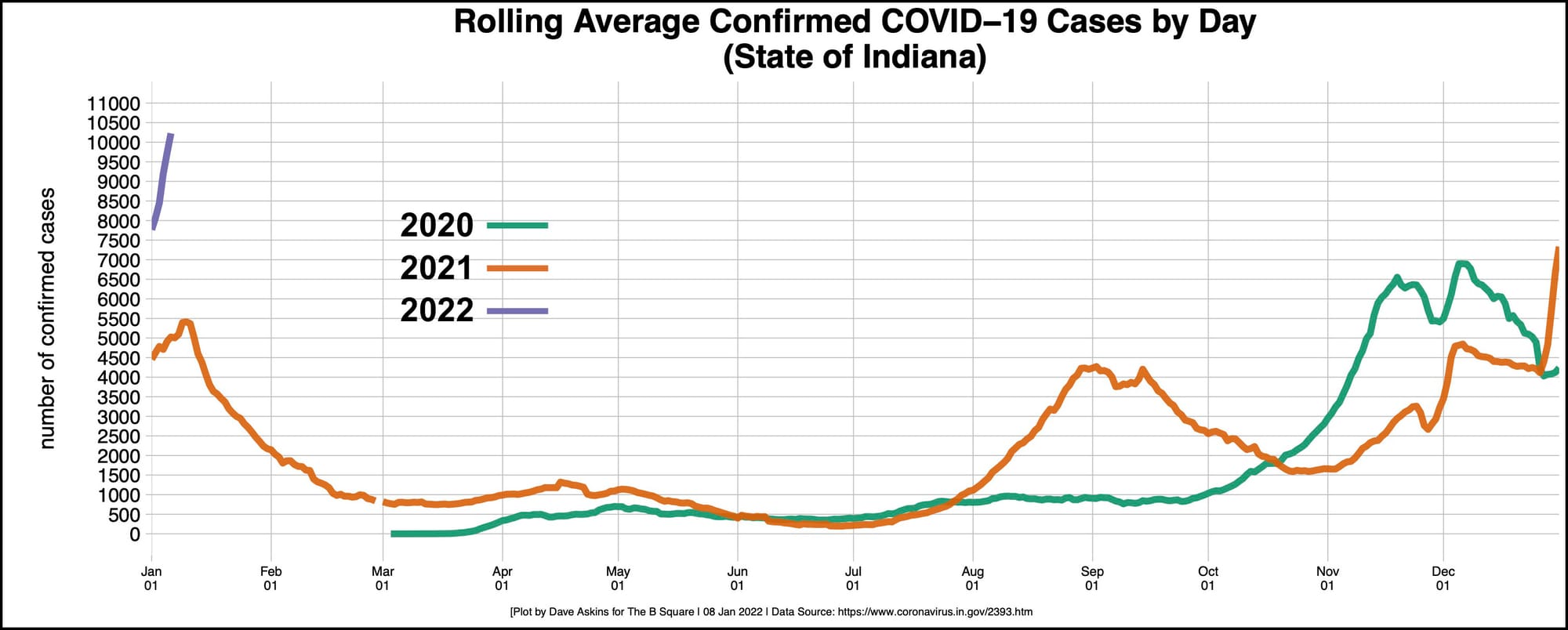
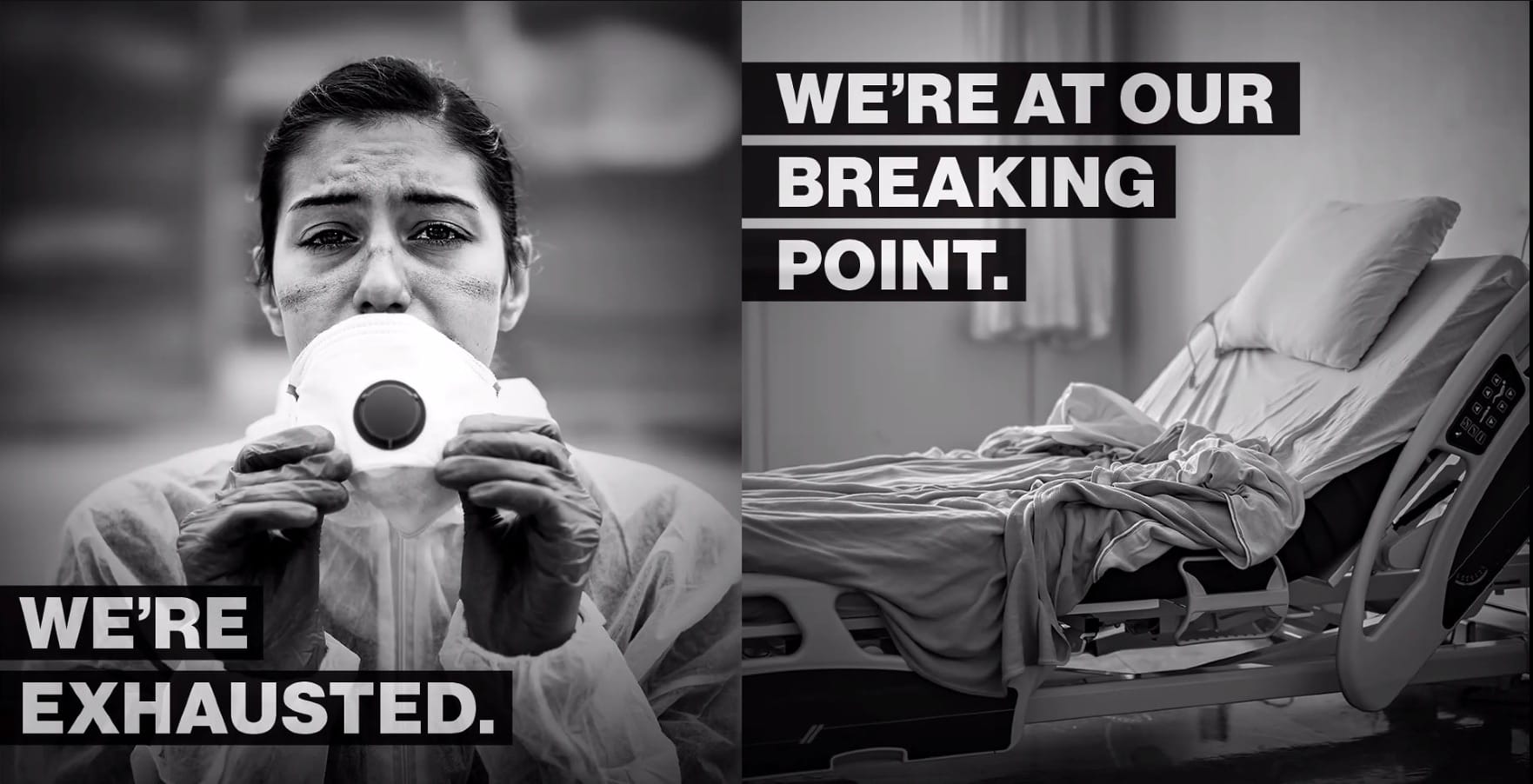
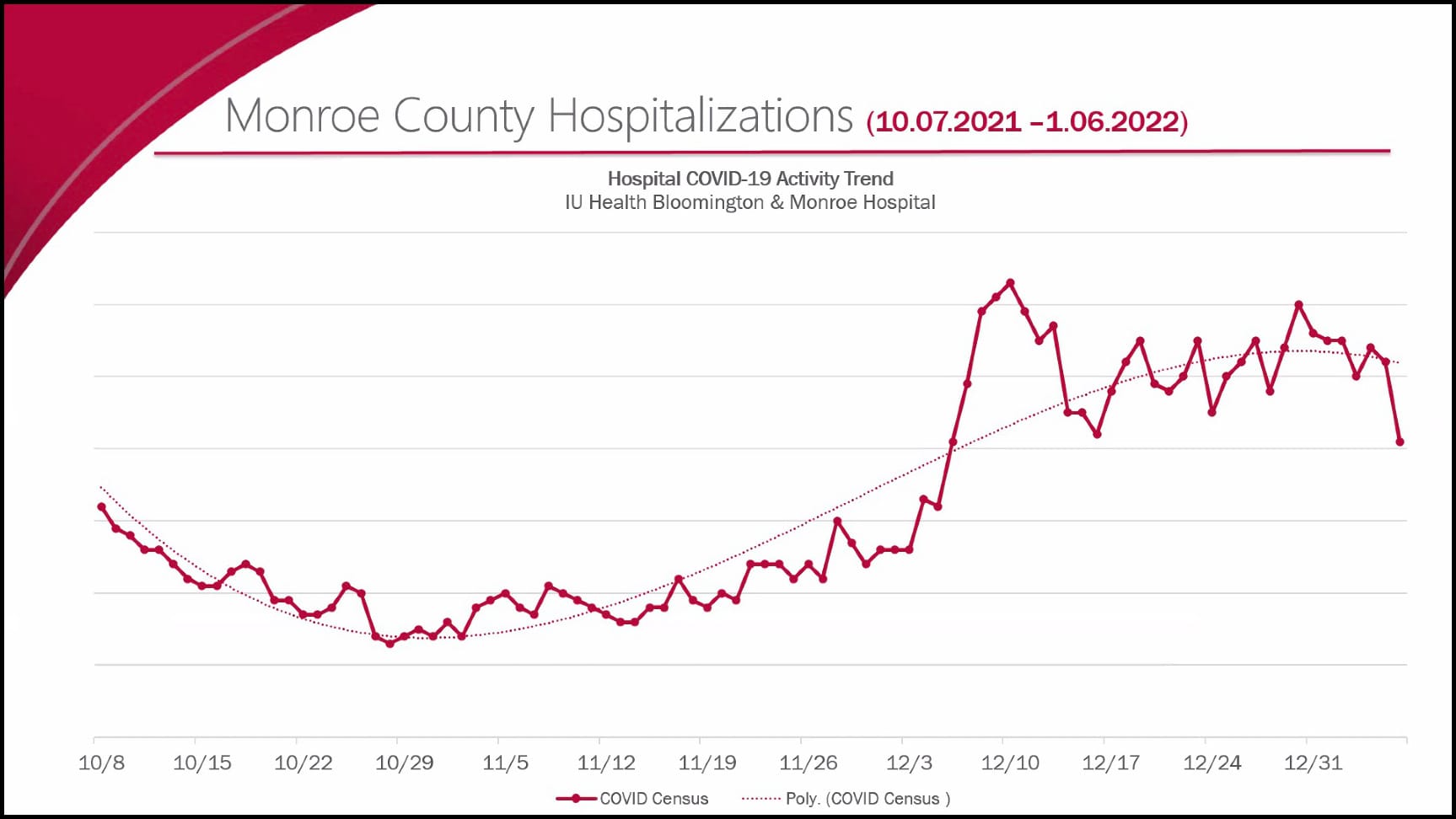
The rolling average of positive COVID-19 cases in Monroe County now stands at about 152 per day. That’s almost twice the average this time last year. It’s also about 1.5 times the previous pandemic high point for the county, which came in November 2021.
It’s the same picture across all of Indiana. The rolling average of positive cases across the Hoosier state is 10,227, nearly twice the 5,500 average daily cases at this time last year.
Even if the infections caused by the Omicron variant of the virus might be comparatively milder, it’s their sheer number, and the likelihood of spread to vulnerable populations, that is still putting more people in the hospital. And that’s putting a continued strain on statewide and local health systems.
President of IU Health’s south central region, Brian Shockney, put it this way at a news conference of local leaders held Friday: “Omicron is hitting a high number of people and spreading fast to those immunocompromised patients. And they are what we can see in the initial stages here are getting hospitalized.”
Shockney continued, “IU Health is caring for its highest number of patients of the pandemic to date.” He added, “70 percent of these patients are unvaccinated.”
For the watching public, Shockney repeated what has become a kind of mantra: “Get vaccinated. Get boosted. Get tested.”
The impact of the increased number of COVID-19 patients is amplified by somewhat diminished staff at IU Health. Shockney reported that over 100 IU Health team members are quarantined or symptomatic—that’s the highest number at one time that the health provider has seen, Shockney said.
Shockney reported that nearly every day for the past few weeks, IU Health has needed to expand its bed capacity. “This expansion is at the expense of patients who need surgery, and outpatient care,” Shockney said.
Shockney delivered a grim conclusion: “Our teams are tired. And just like the first year of this pandemic, the stress and strain is causing compassionate, skilled and caring healthcare team members to consider leaving their life’s work.”
During Friday’s video-conferenced news conference, Shockney shared a screen of images that IU Health is distributing to media to portray the mental toll the recent pandemic surge is taking on its health care workers. One black-and-white slide showed a hospital worker lowering a mask enough to show the abrasions it has left on her face from wearing it so long. The text reads: “We’re exhausted. We’re at our breaking point.”
The generally high case count has impacted the city of Bloomington’s workforce, too. Bloomington’s mayor John Hamilton said at Friday’s news conference that the weekly total for COVID-19 infections among city workers was 14.
Hamilton reported that the Banneker Community Center would be closed for 10 days due to staffing shortage.
Indiana University’s assistant vice president for strategic partnerships, Kirk White, reported at Friday’s news conference that the recent surge has not spared the Bloomington campus. But the university is planning to start the semester on time next Monday.
The 260 positive cases that were reported on the IU Bloomington campus this past week is up from the 118 cases that were recorded in the last week of the semester in December, White said.
About the on-time start, White said, “We’re really trusting our high vaccination rates, our mitigation testing that we’re continuing, and our indoor masking procedures, to give us the best shot at having a successful kickoff to the semester.” IU’s Bloomington campus has a vaccination rate of around 95 percent.




Comments ()